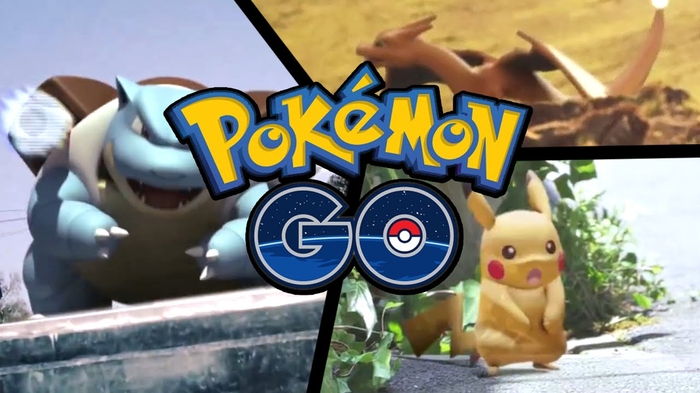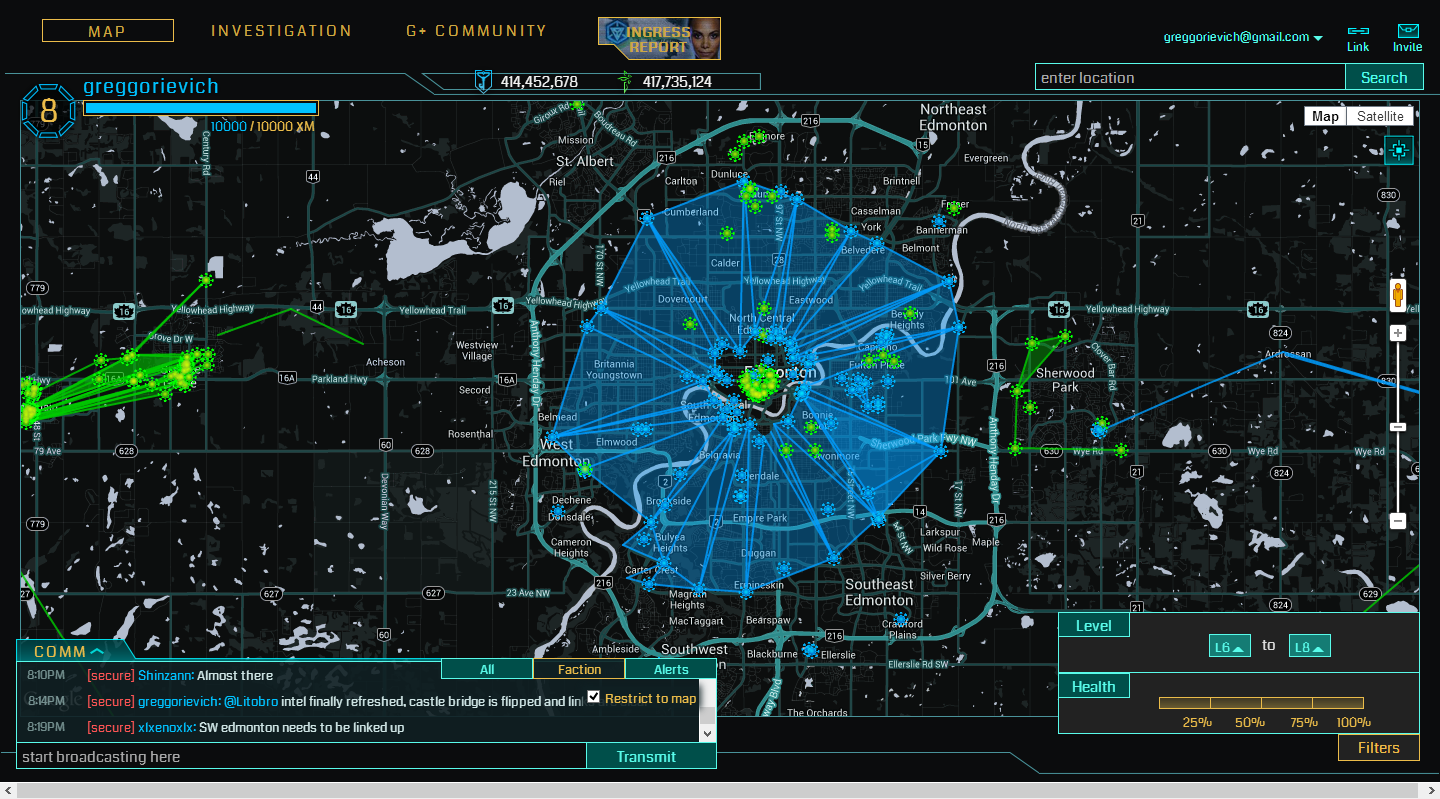If you assumed that Pokemon Go was being developed by Game Freak or some other team assembled by The Pokemon Company, you couldn’t be more wrong. Pokemon Go is being developed by Ingress developer Niantic, Inc. and you should definitely be excited about that. To understand why, we’ll have to take this step-by-step.
What is Pokemon Go?
In case you haven’t heard, the massively popular Pokemon video game series is finally coming to mobile devices — just not exactly how everyone imagined it. A brand new style of Pokemon game, Pokemon Go is essentially a location-based exergame. Players travel with their smartphones (or Pokemon Go Plus) to real-world locations where they can find and catch Pokemon.
Players can go out of their way to explore their local communities in search of Pokemon, or they can momentarily step away from their day-to-day activities to catch a suddenly available friend. After catching them, players can train and battle their Pokemon, trade them with other players, or participate in large-scale social events.
Pokemon Go is focused on the social and physical aspects of a massively multiplayer online location-based game, which is why Ingress developers Niantic are the perfect team for this project.
Who is Niantic, Inc.?
Originally Niantic Labs, Niantic, Inc. is led by John Hanke — who also founded Keyhole, Inc., the company responsible for the ever-popular Google Earth project. Niantic has developed only three applications in its six-year lifespan: Field Trip, Ingress, and Endgame (never released).
A mere three applications might seem disturbing to excited Pokemon fans, but with Niantic it’s quality over quantity. Their breakthrough title Ingress remains extremely popular and widespread to this day.
What is Ingress?
Ingress, like Pokemon Go, is an augmented-reality massively multiplayer online location-based exergame. It was originally released exclusively for Android devices, arriving on the Apple App Store two years later.
Ingress has players moving through the real world in search of “portals” located near well-known, culturally significant or historical landmarks such as public art, libraries, post-offices, places of worship, parks, and tourist locations.
When a player is within forty real-world meters of a portal, they can hack it to receive items, and leave “resonators” claiming that portal for their in-game faction. Through teamwork with their faction, players can acquire a great number of portals and connect them to create portal links and control fields to earn Mind Units (score).
The two in-game/real-world factions are at constant war, capturing portals and layering control fields, attacking enemy portals and claiming them as their own, and more. In 2015, Niantic told Tom’s Hardware that they had 7 million players.
Why should you be excited?
Ingress is a globally loved game with over 7 million fans. It caters to players of all kinds, young and old, male and female, etc. Players have become so involved with the app that they’ve claimed Ingress to be a lifestyle rather than a game, going so far as to permanently mark their skin with their factions’ emblems via tattooing.

With this kind of dedicated fanbase, Niantic clearly knows what they are doing. Sure, Game Freak or some other team could have made Pokemon Go half decent, but Niantic is easily the best bet for a great location-based exergame.
Instead of spending all of their development time finding the best route to take with the base gameplay model, Niantic will likely apply Ingress‘ world GPS and work from there. This will save them time and money, allowing a lot of extra little goodies to be included in the game.
Pokemon Go is a Pokemon game unlike any other, so it just makes sense that the developer should be new to the series as well. If you were on the fence before, you certainly have reason to be excited about Pokemon Go now!








Published: Feb 25, 2016 2:20 PM UTC